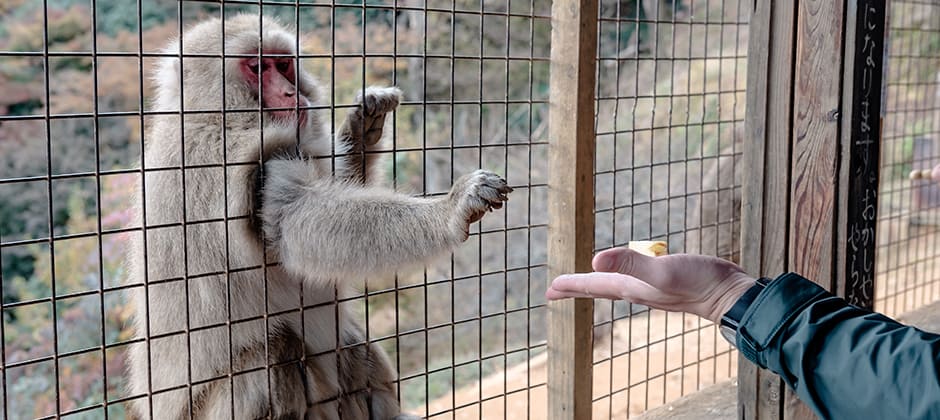Share this article
Which species may spread COVID-19?
Researchers have created a computer model to help predict which mammal species are most likely to become infected with SARS-CoV-2.
The virus, which causes COVID-19 in humans, can affect a variety of wildlife species. Three endangered snow leopards (Panthera uncia) at the Lincoln Children’s Zoo in Nebraska recently died from the virus, and white-tailed deer (Odocoileus virginianus) have contracted it. That’s raised concerns not only about wildlife health but about the possibility that wildlife populations could produce new variants of the virus and transmit them to people.
To predict which mammals pose the greatest risks, researchers developed a machine learning model that included biological traits of 5,400 mammal species. In a study published in Proceedings of the Royal Society B, the biologists found that many of the species most at risk of contracting the virus also live near people and in COVID-19 hotspots.
Primates were most at risk, but the study also predicted high zoonotic potential in species common in the wildlife trade, such as macaques, jaguars (Panthera onca) and pangolins. Grizzly bears (Ursus arctos horribilis), polar bears (Ursus maritimus) and wolves also had high zoonotic capacity.
“We found that the riskiest mammal species are often the ones that live alongside us,” said Barbara Han, senior author of the study and Cary Institute disease ecologist. “Targeting these species for additional lab validation and field surveillance is critical.”
Header Image: A computer model predicted high zoonotic capacity for macaques, which are commonly traded and kept in zoos where they are in close contact with people. Credit: Photo by Leng Cheng via Flickr.








